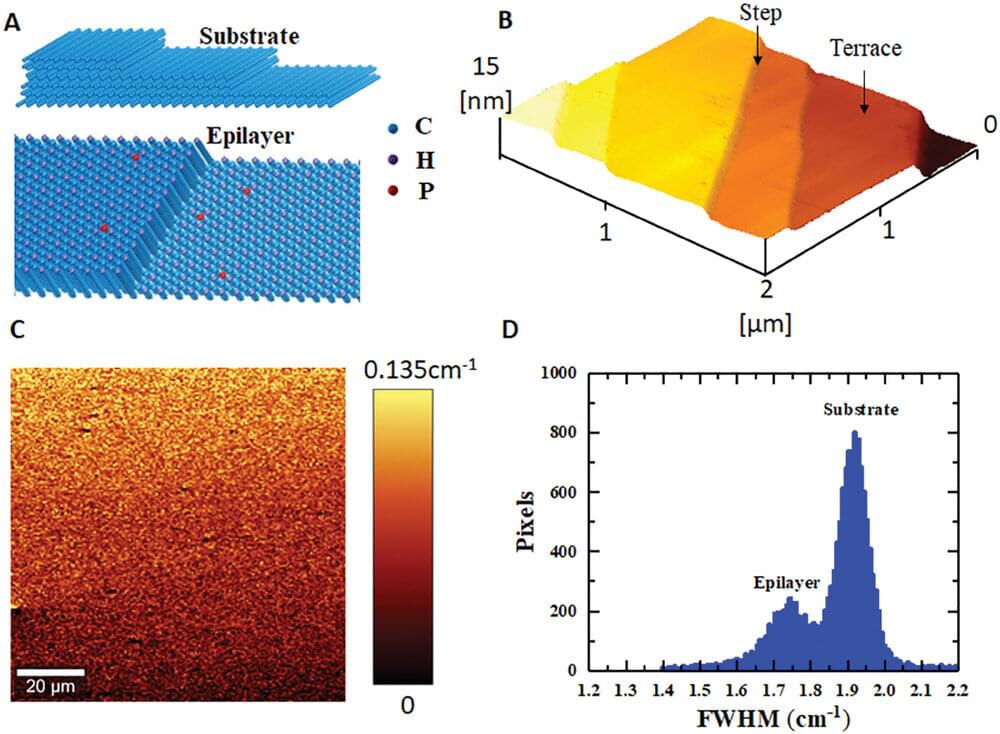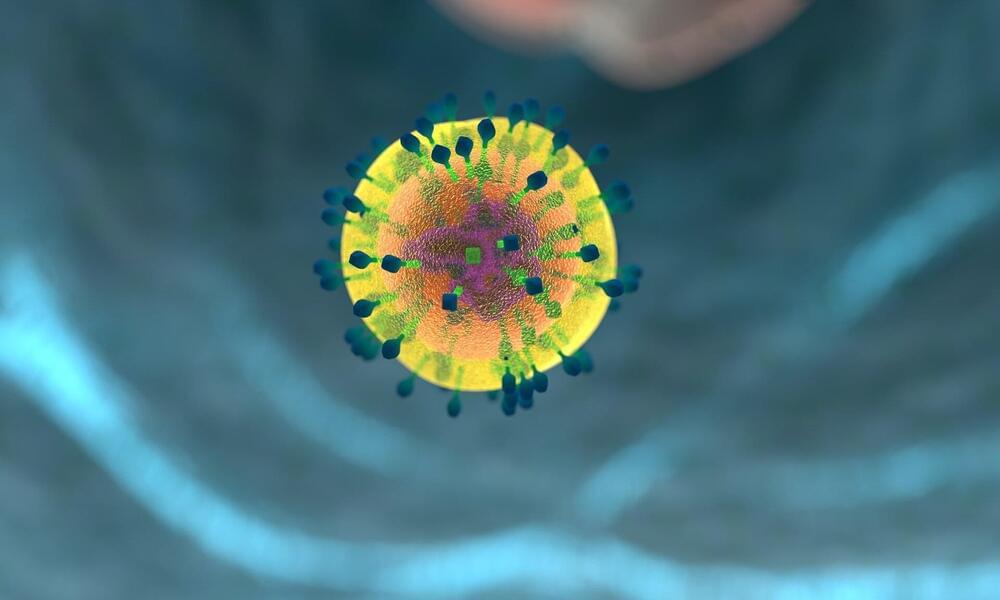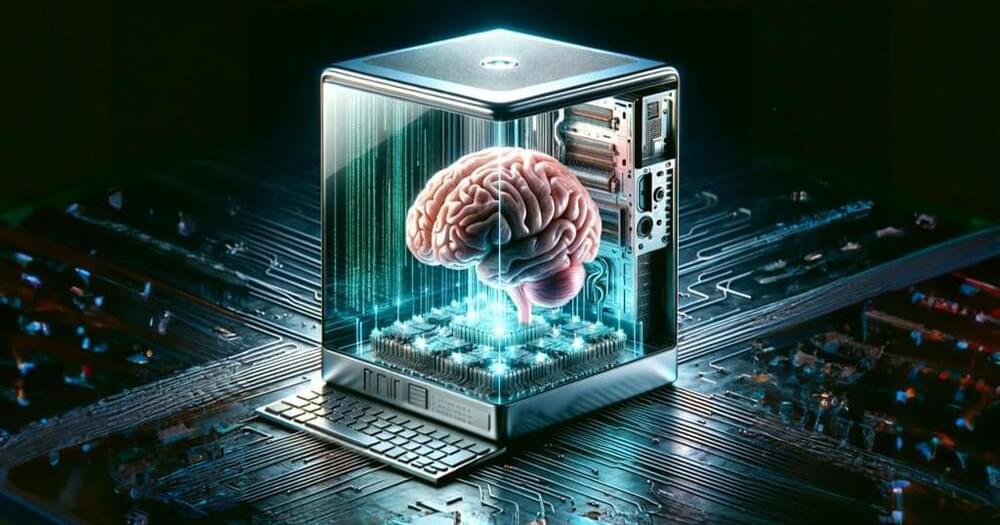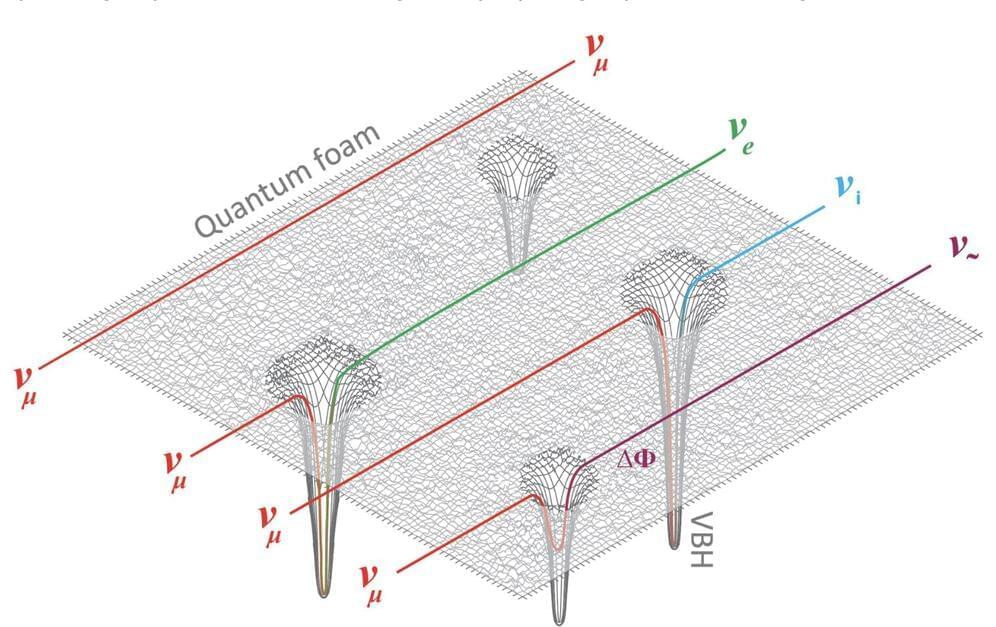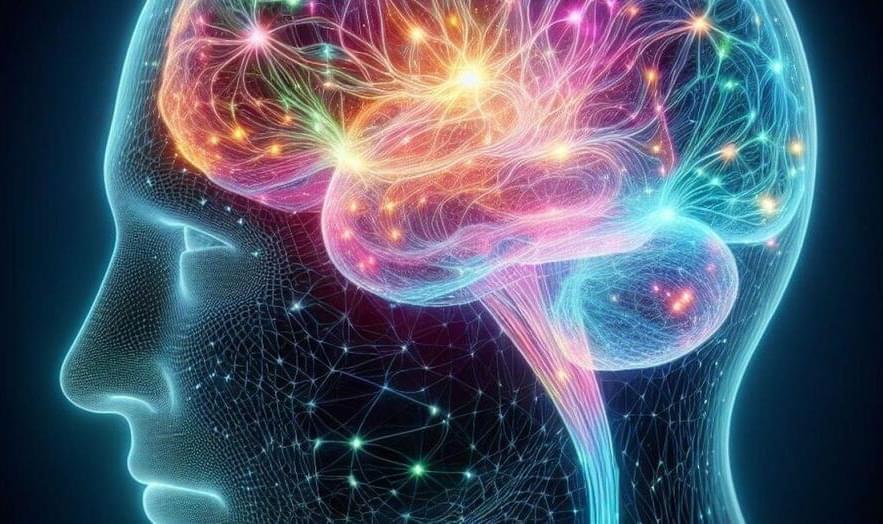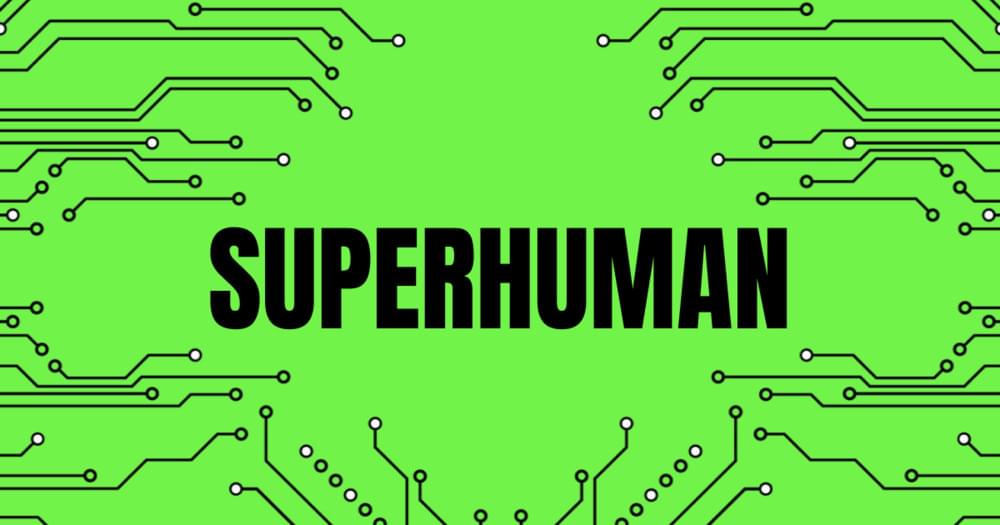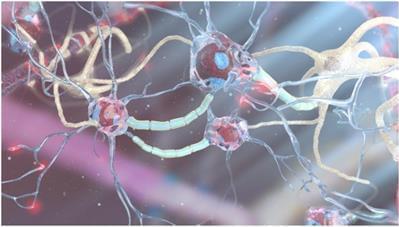Mar 31, 2024
World’s first N-Channel Diamond Field-Effect Transistor for CMOS Integrated Circuits
Posted by Natalie Chan in categories: computing, nuclear energy
A National Institute for Materials Science (NIMS) research team has developed the world’s first n-channel diamond MOSFET (metal-oxide-semiconductor field-effect transistor). The developed n-channel diamond MOSFET provides a key step toward CMOS (complementary metal-oxide-semiconductor: one of the most popular technologies in the computer chip) integrated circuits for harsh environment applications, as well as the development of diamond power electronics. The research is published in Advanced Science.
Semiconductor diamond has outstanding physical properties such as ultra wide-bandgap energy of 5.5 eV, high carriers mobilities, and high thermal conductivity, which is promising for the applications under extreme environmental conditions with high performance and high reliability, such as the environments with high temperatures and high levels of radiation (e.g., in proximity to nuclear reactor cores).
By using diamond electronics, not only can the thermal management demand for conventional semiconductors be alleviated but these devices are also more energy efficient and can endure much higher breakdown voltages and harsh environments.
